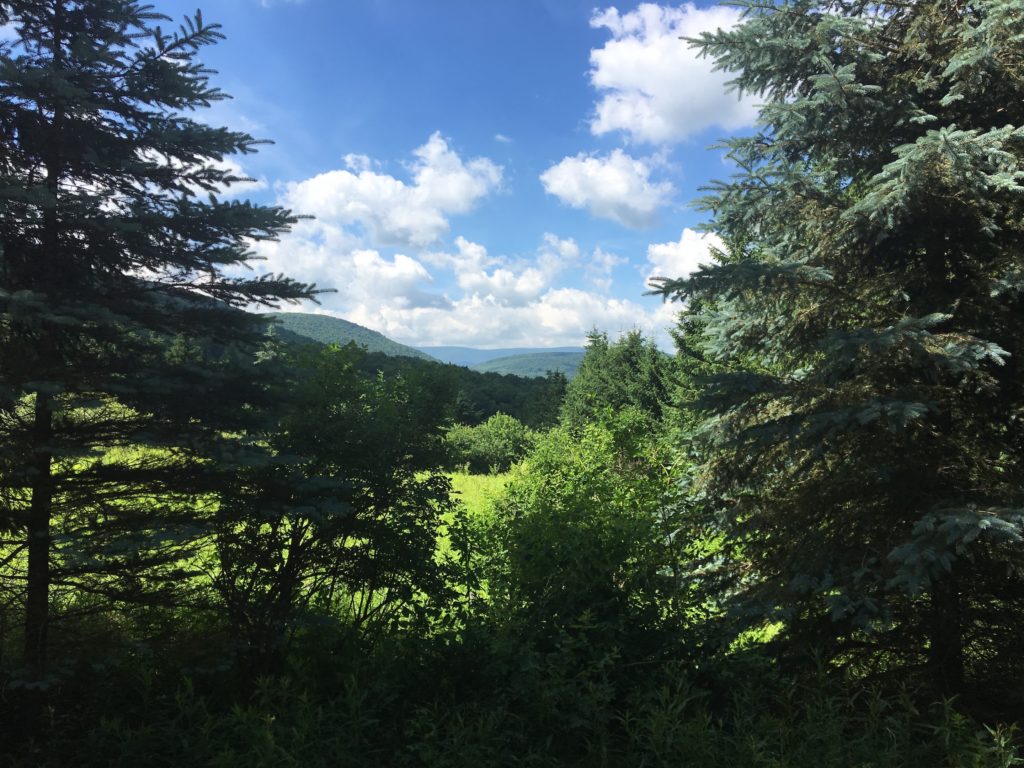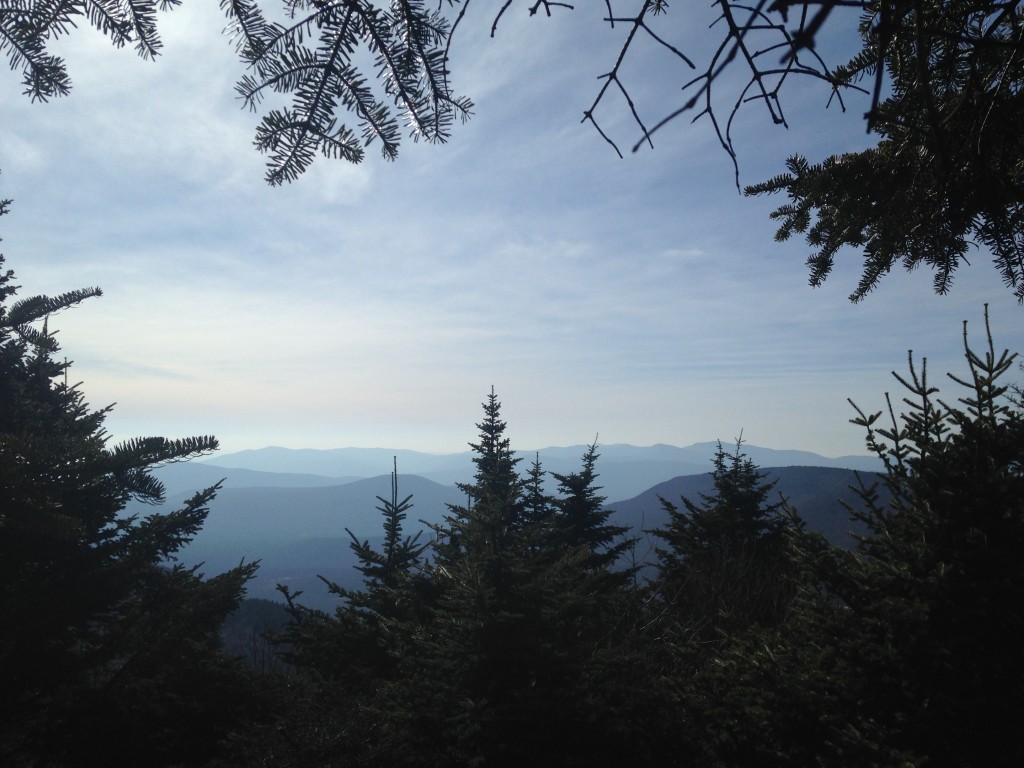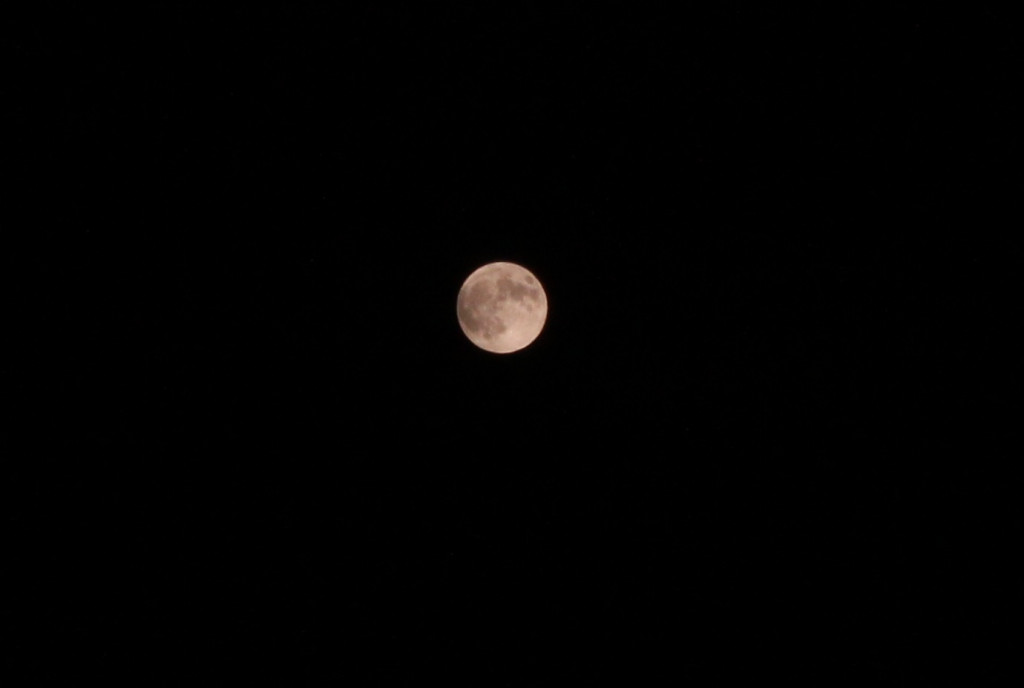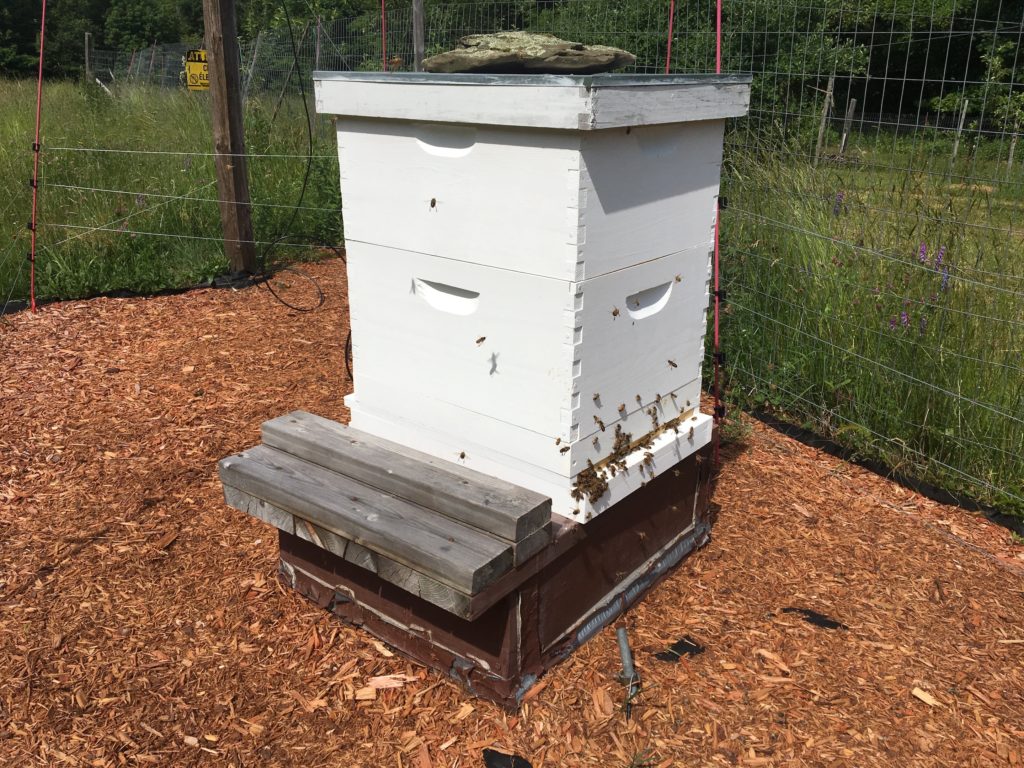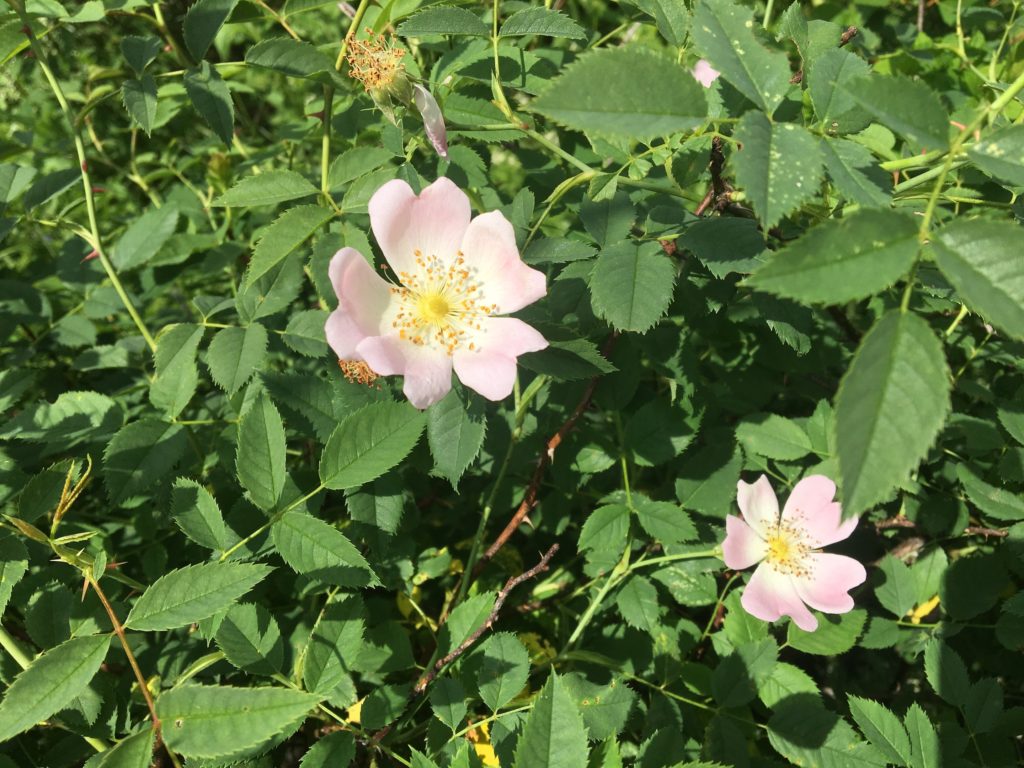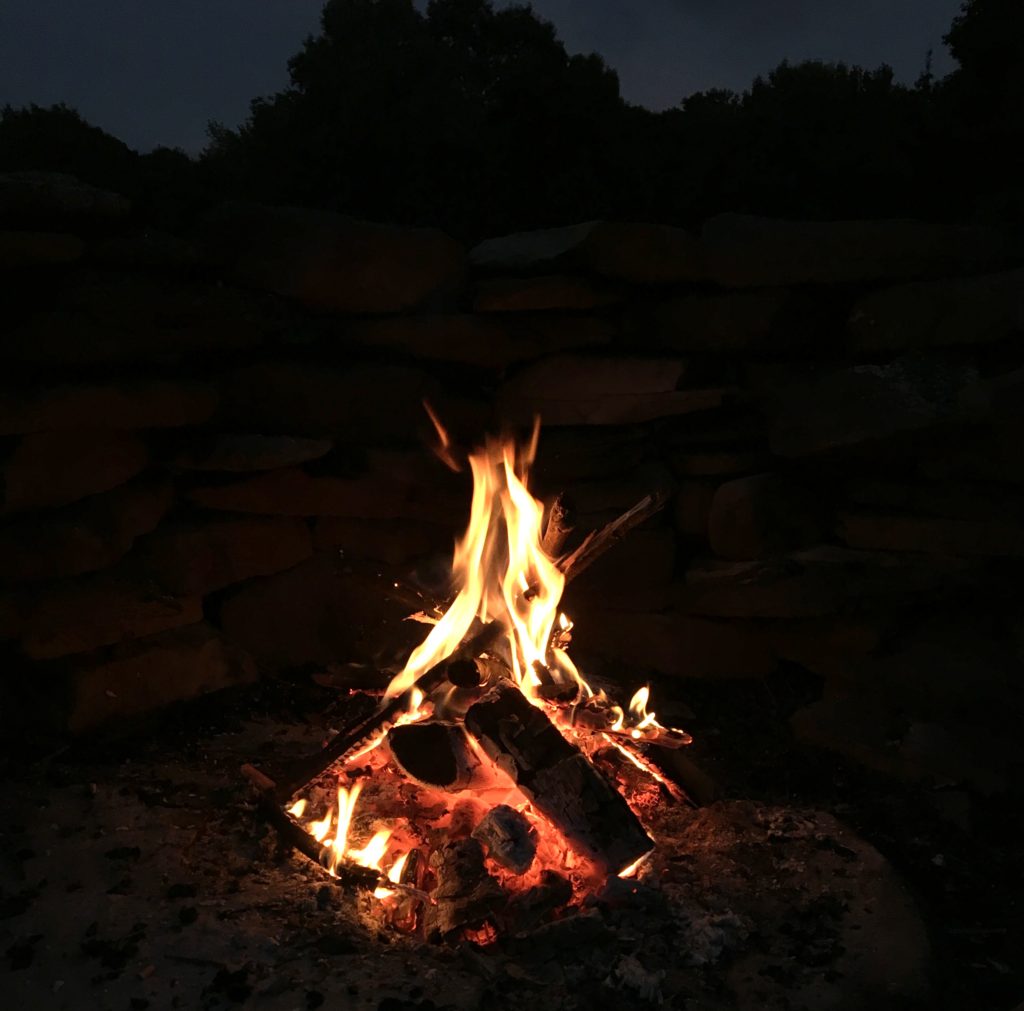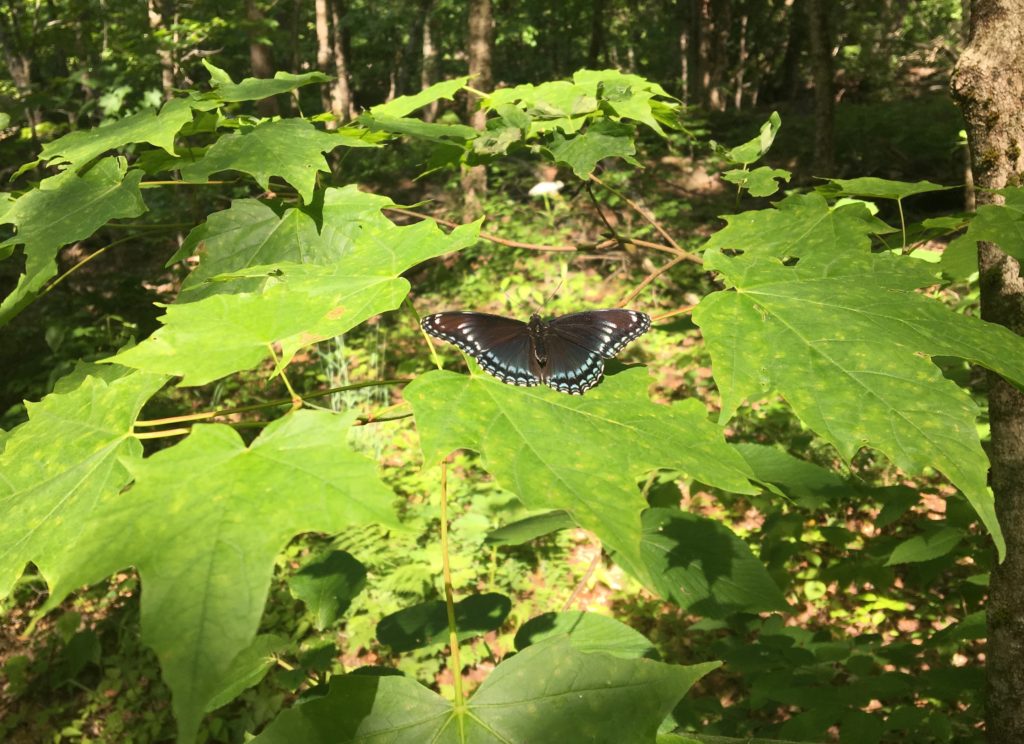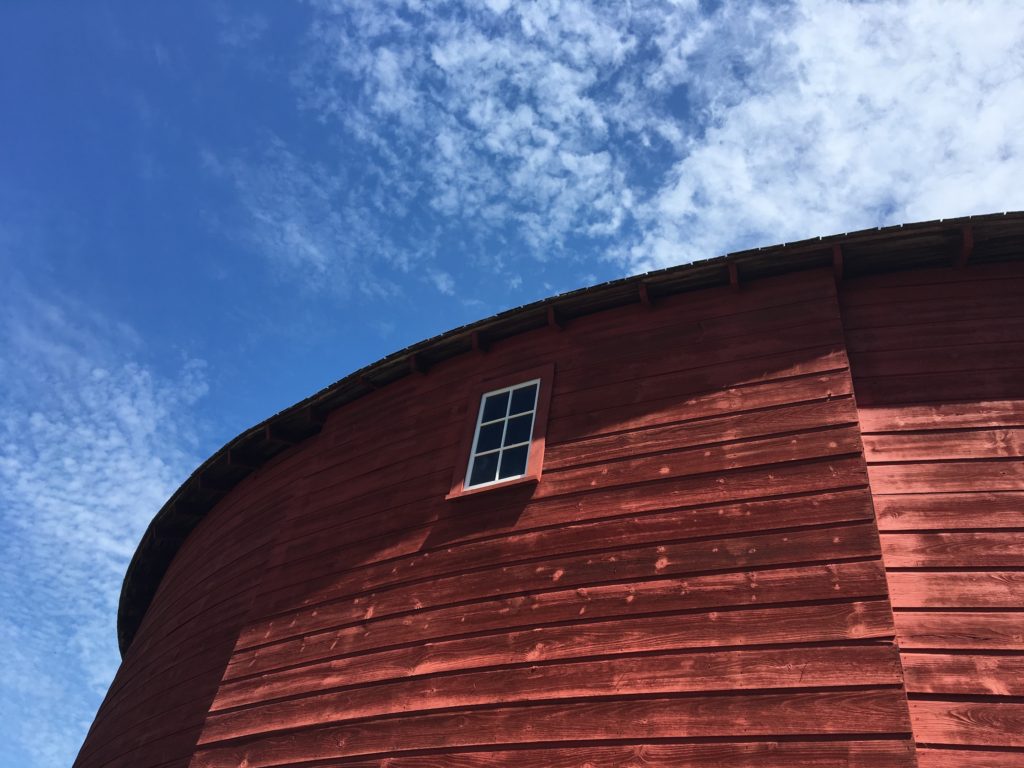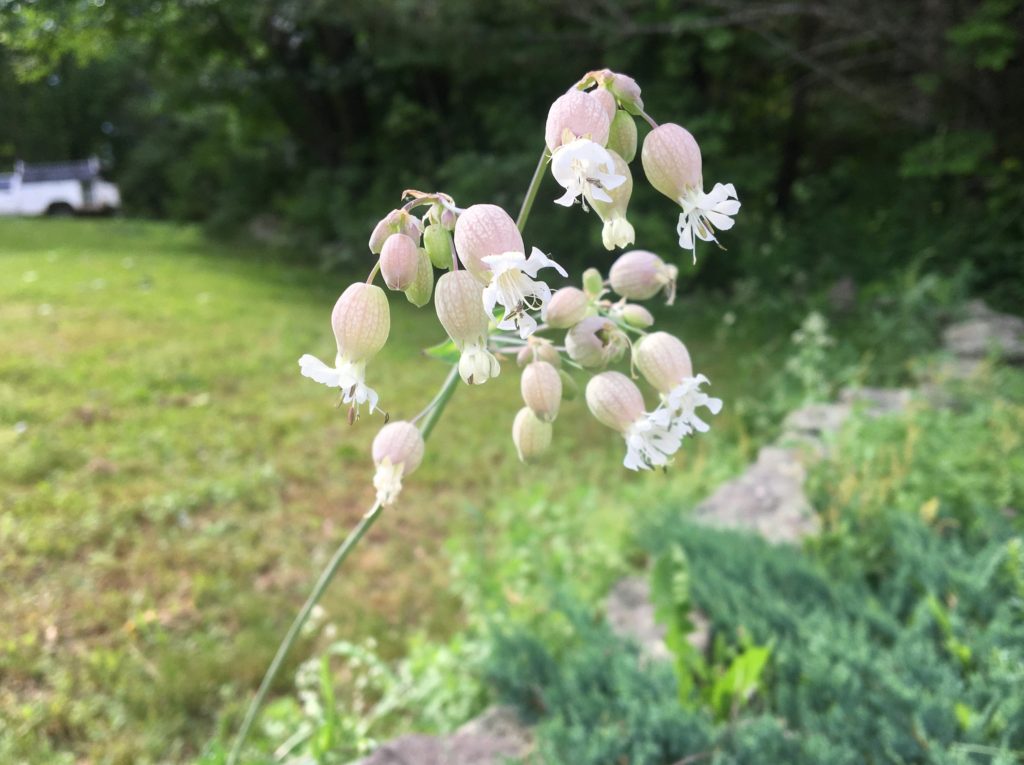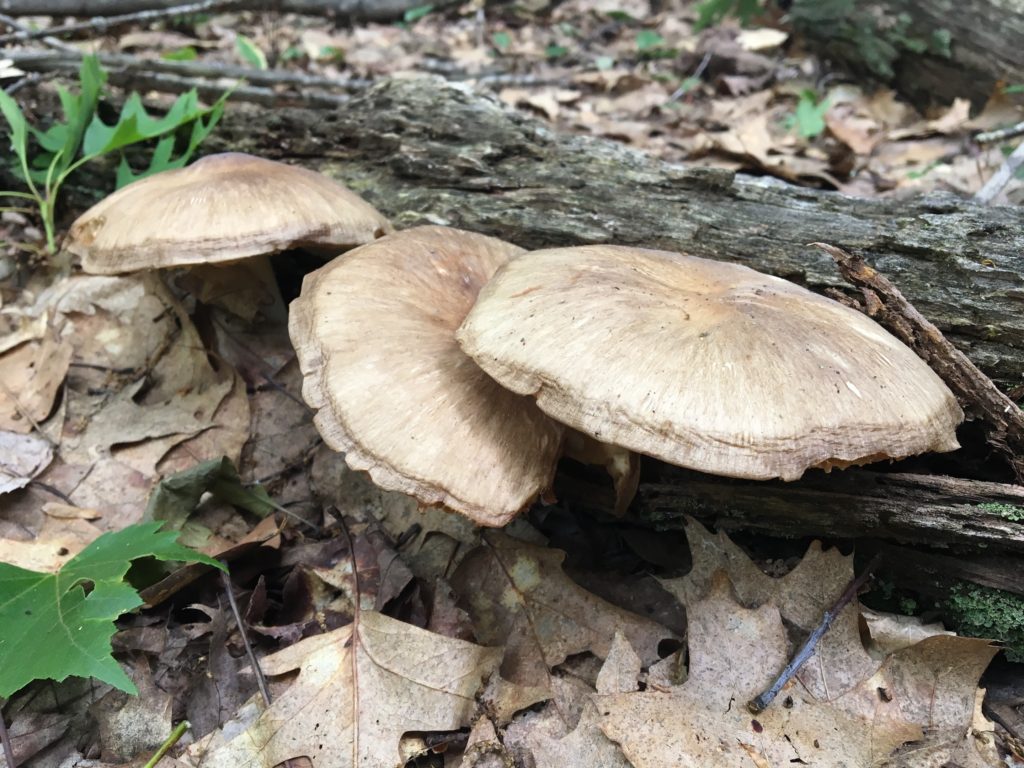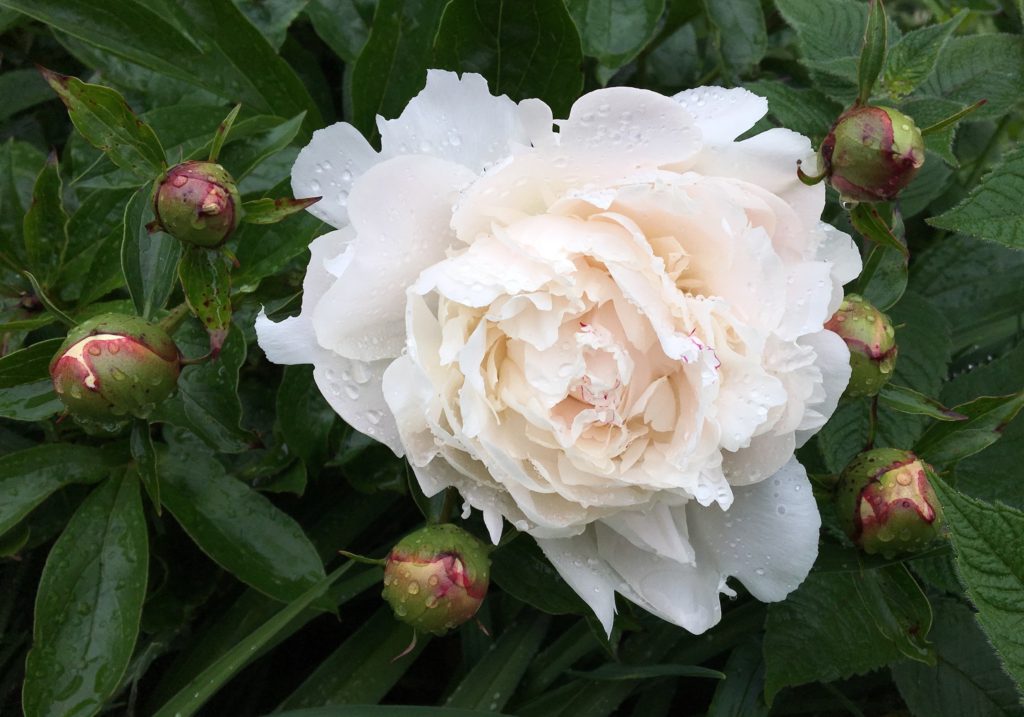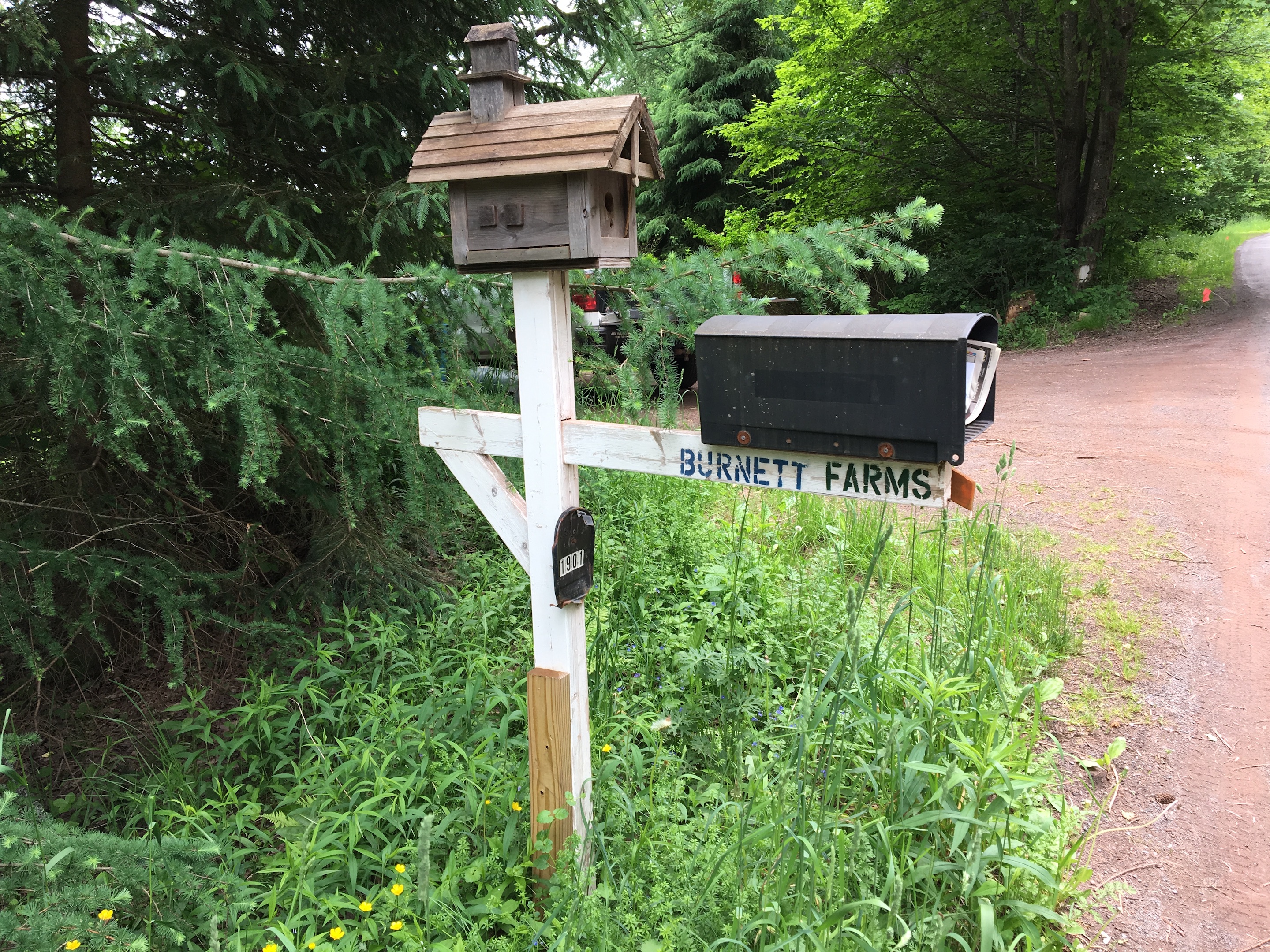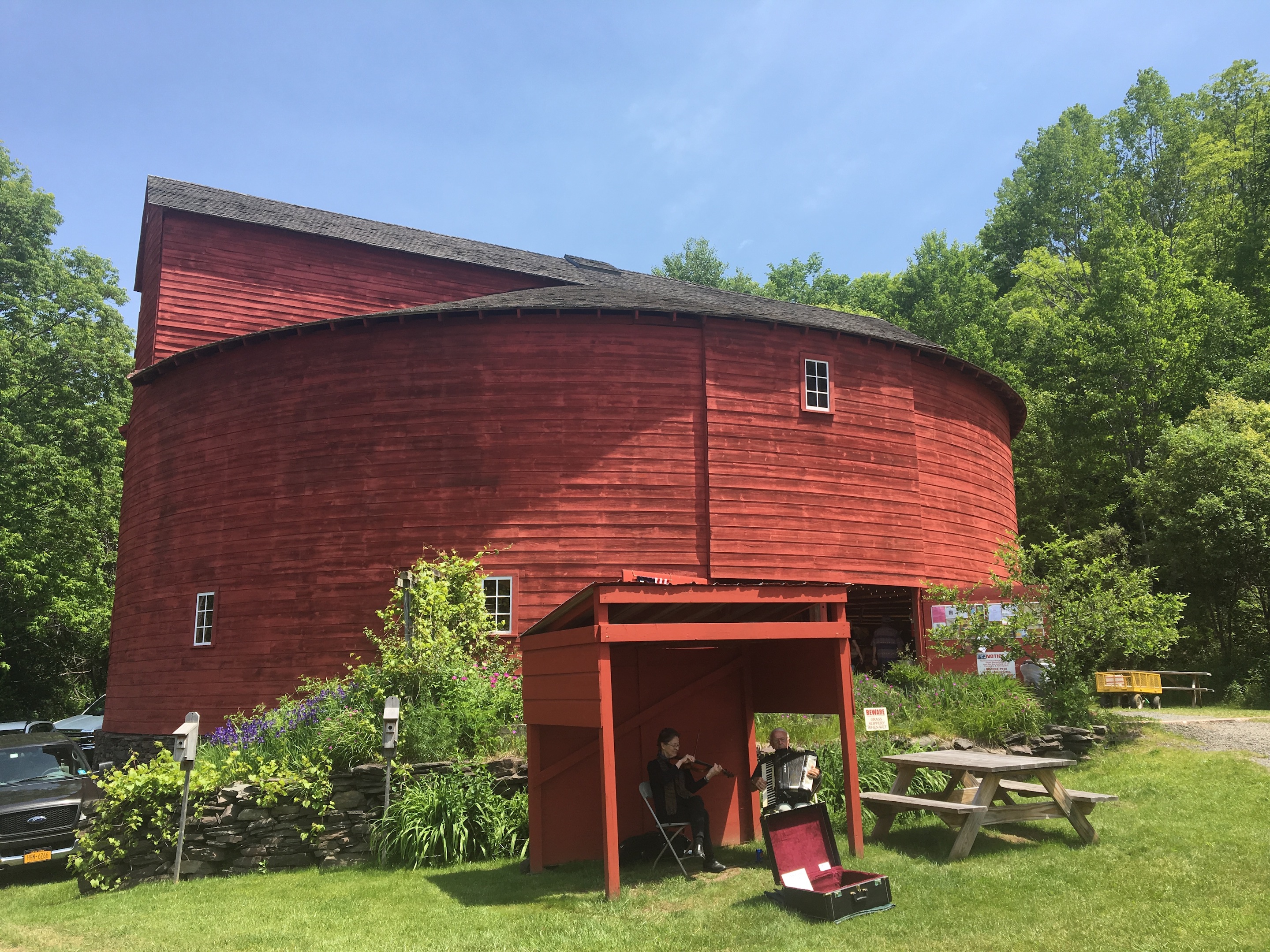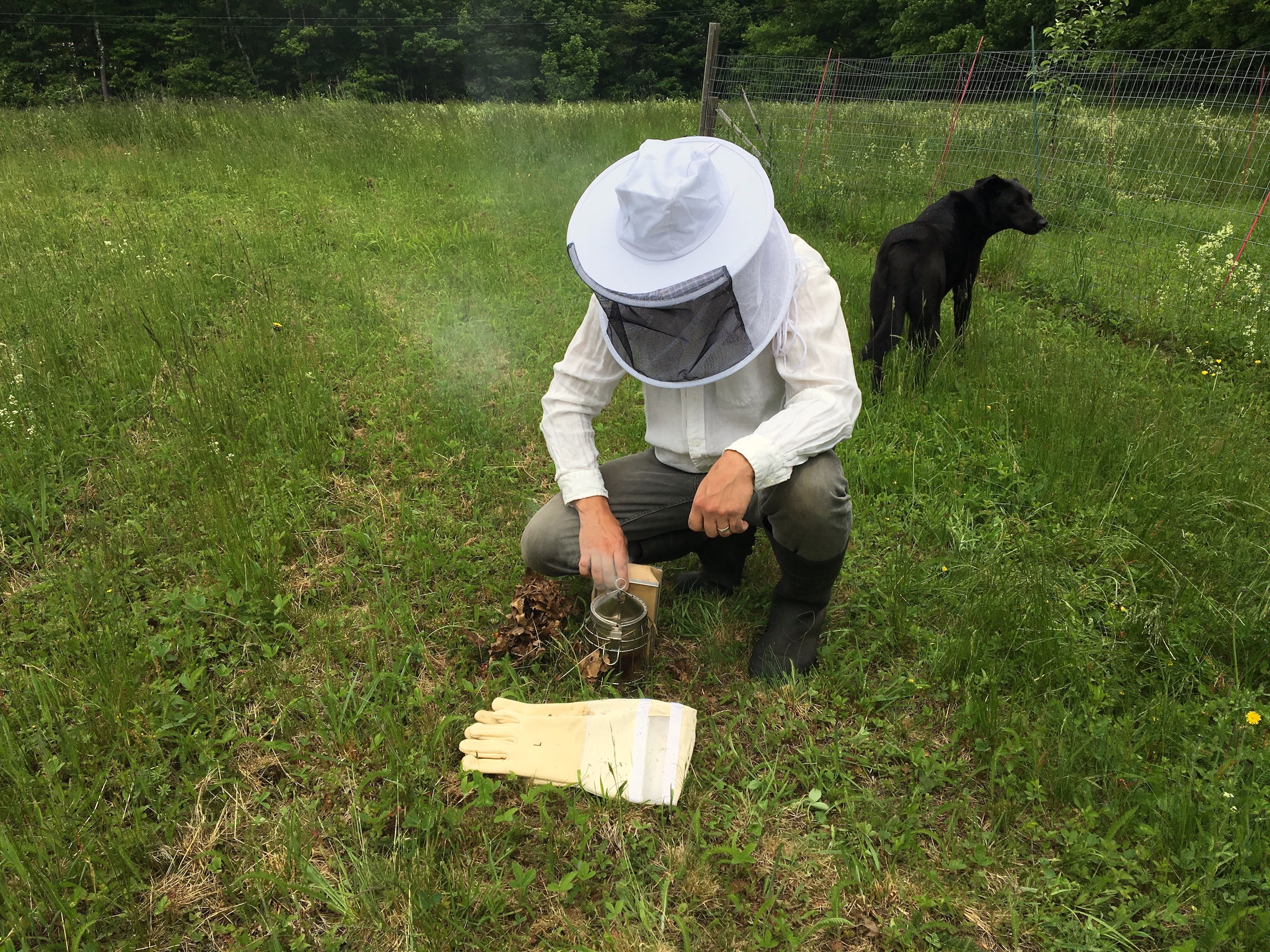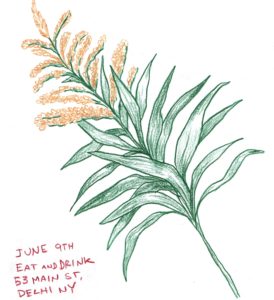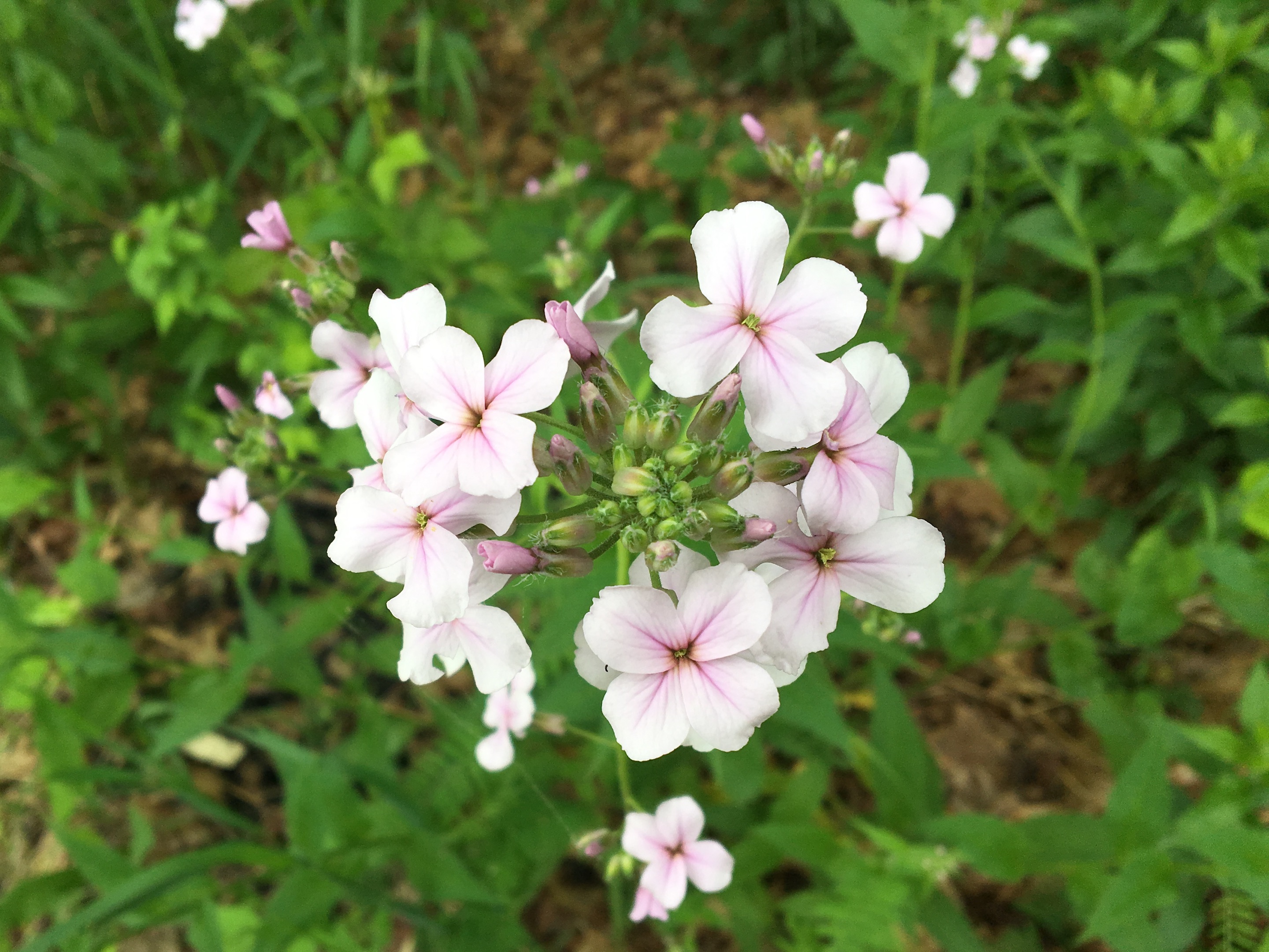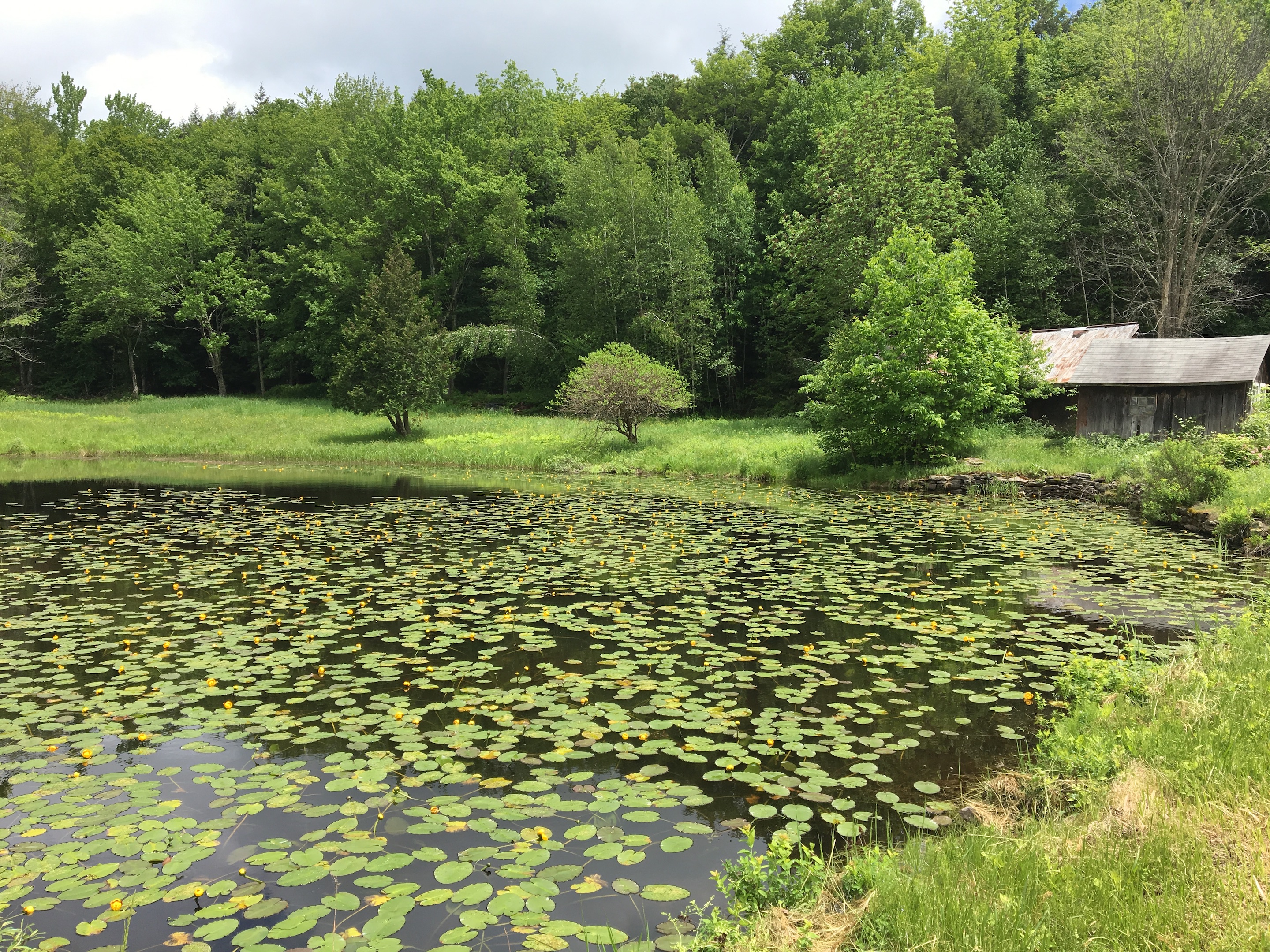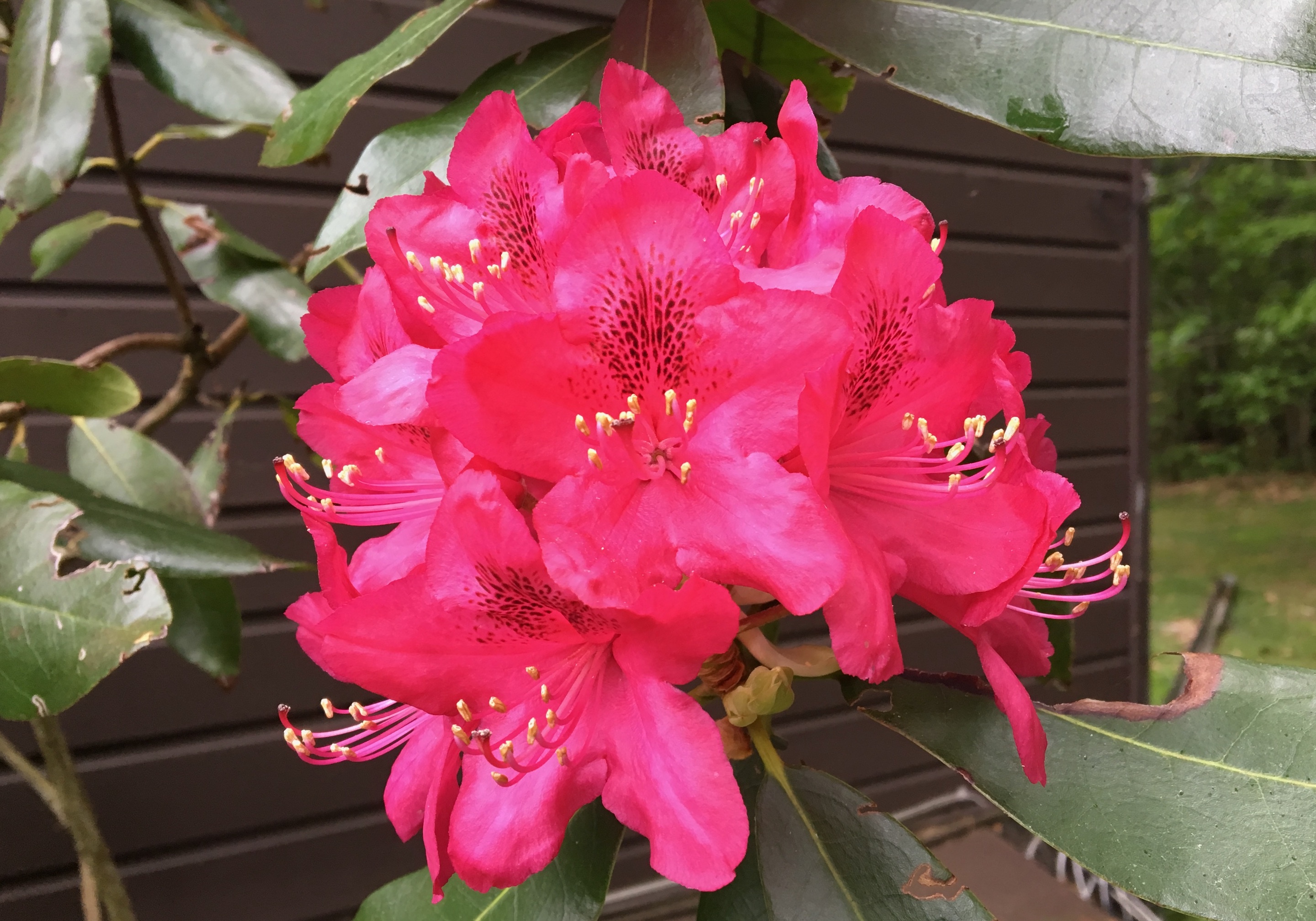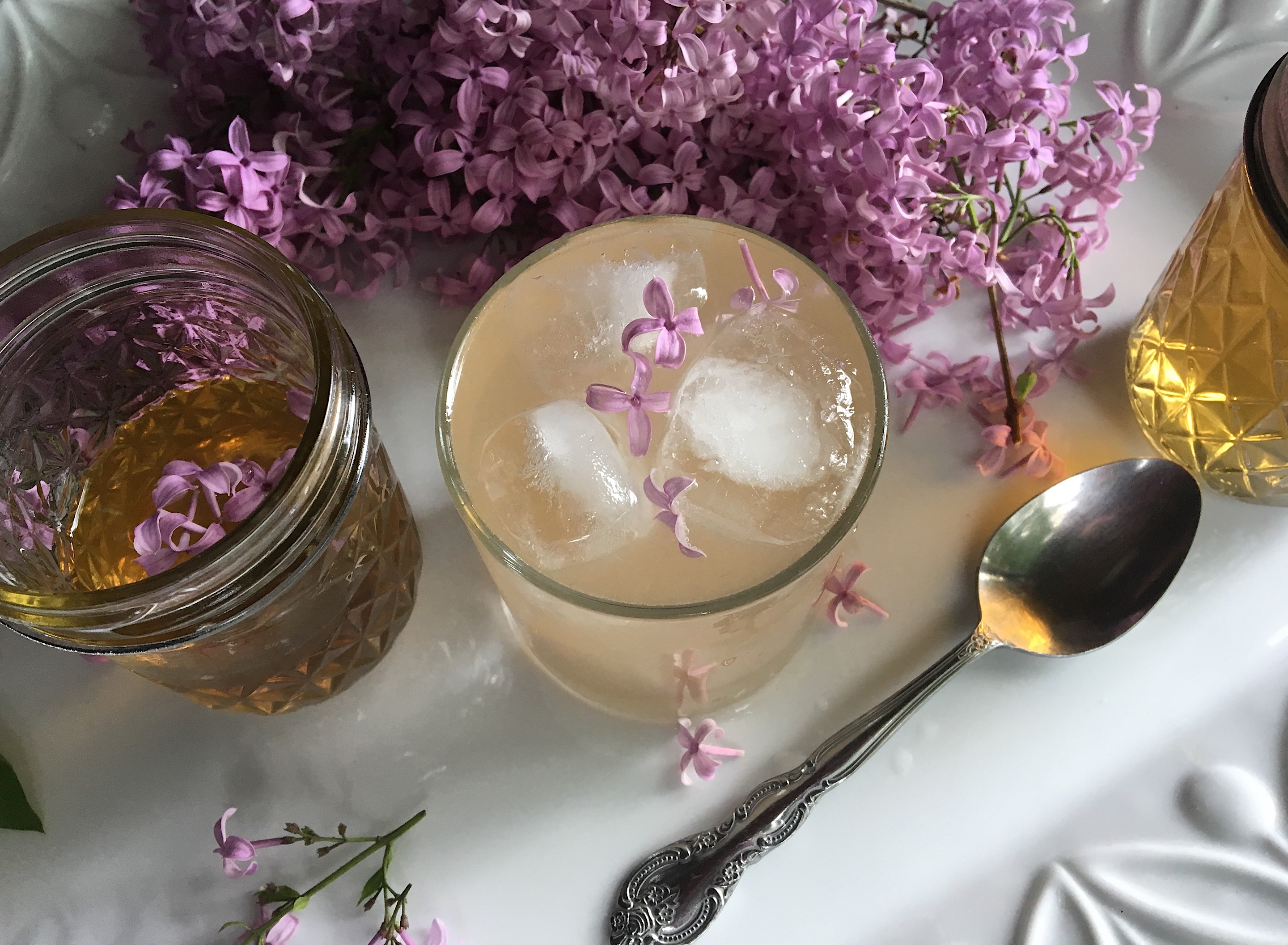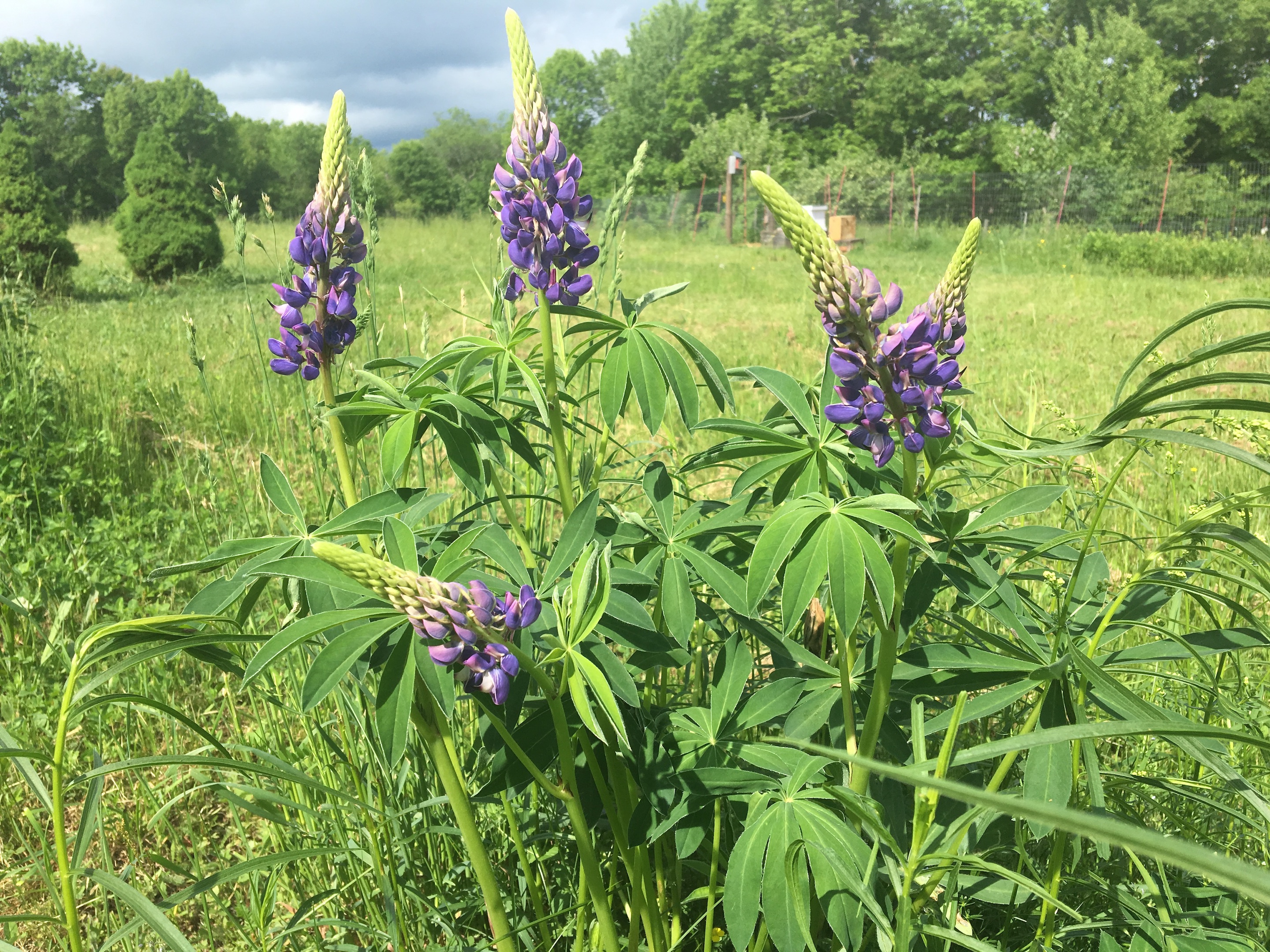A high of 84F, hot, sunny with clouds of cotton wool sailing high overhead.
Monthly Archives: June 2018
Catskills Weekend: June 30th Events
Get outside! Walk, wade, wallow in the natural world. Find peace, sip, eat and relax at these wonderful events in the Catskills that includes a strenuous bushwhack hike for the more adventurous.
Saturday June 30th
Catskill Mountain Wild have partnered with Hudson River School to offer a regular event called Hike The Hudson River Art Trail the first event being Kaaterskill Falls at 5pm on Saturday June 30th. “Hike into Thomas Cole’s paintings and visit the views in nature that Cole and his fellow artists made famous with outdoor guide extraordinaire Catskill Mountain Wild on the Hudson River School Art Trail #hrsat! The truly magical thing is that these places remain remarkably unchanged since Cole first visited in 1825 thanks to significant and ongoing preservation efforts”.
Catskill Mountains Trout Unlimited present Ladies and Leaders, a new series of events aimed at creating a fun, supportive, and social environment for women in fly fishing, the event “will be a low-key night on the stream of fishing followed by drinks and food to unwind and share stories. We will meet at 5pm and gather in the parking lot of Woodstock Brewing on Route 28 before heading out to the creek. We will fish until about 8pm and reconvene in the same meeting place before ending the night with food and drinks”. Woodstock Brewing 5581 Route 28 Phoenicia, NY.
For something more strenuous, a Hike to Alder Lake, Cradle Rock Road and Balsam Fire Tower with Catskill Mountain Club: a difficult bushwhack. Pre-registration required. Starts at 8am.
The Michael Kudish Natural History Preserve will host a Pop-Up Interdependence Party with a bonfire on 2515 Tower Mountain Road, Stamford, New York 12167 from 7.30pm to 10.30pm on June 30th. Bring your own snacks, beverages and musical instruments if you have them. Camp out overnight if you want to. More details = [email protected].
Full Strawberry Moon
It’s the very little things we take for granted: enjoying nature before industry marches all over it, and looking up at the full, strawberry moon by an evening fire.
Back in April, Leslie T. Sharpe delivered a lecture at the Catskills Center in which she invoked a boat journey up the Hudson, two hundred years ago, when Manhattan and beyond was lush rain forest. In the boat was a young Washington Irving and Henry Hudson, marveling at the stunning beauty of the area. Now, of course, Manhattan is a gleaming, flinty mass of boxes jutting out of the sky like an gigantic block graph recording its own wealth. Turning to the future, how long will the Catskills – this craggy chunk of lush forest – be here?
The Catskills State Park, about 700,000 acres – its multitude of tributaries and it’s ecosystem – produces and protects by edict all of New York City’s drinking water. Gas pipelines snake through the state, on the flat lands either side of the Catskills that have been protected from the ravages of the oil industry by their elevation and their status as water bearer: the ancient Aquarius in a modern Industrial Age. There’s a second protective directorate in place for our region, which is Article 14 of the New York State Constitution which declares a part of the Catskills “forever wild”.
Up until 1822, wolves elk, panther and moose roamed the Catskills. By 1850, unregulated fishing and hunting had depleted fish and game stocks to new lows. The Catskills had been mostly deforested by the logging industry, and the tanning industry that only abandoned the Catskills after it had taken the bark of every hemlock standing. One hundred years ago, the Catskill Mountains were bare and deer were so rare, a preserve was created for them.
All that has changed and the Catskills were as they were before the civil war, only now there’s no industry, only tourism, plus a few new invasive species shipped in from around the world.
Today, this full moon day and into the weekend, get outside. By appreciating the wonders of nature more often, we develop a bond with it, and are more likely to try and protect it.
According to the Almanac, the moons were named after the agricultural practices in place at that time: “This Full Moon got its name from the Algonquin tribes who knew it as a signal to gather the ripening fruit of wild strawberries. It has also been known as the Honey Moon, Mead Moon, and the Full Rose Moon in Europe”. Find out more and watch the Almanac’s video on the subject here.
Check out our weekend events in the natural world on June 30th.
The Great Hive Robbery
An experienced, local beekeeper recommended that, because we have a developing, young hive, we should smear a small dollop of high-quality, raw honey on the landing pad for the bees to eat. This turned out to be another mistake and invited an attempted invasion by a group of opportunistic bees that were twice the size, just proving that beekeeping is such a personal endeavor subject to just about any possible variable. The survival of each hive is unique depending on location, weather, surrounding vegetation or position and each beekeeper should necessarily develop their own style.
The next mistake we made was at the time of the attempted robbery in trying to adjust the entrance reducer while they were defending the hive from the attack to prevent any more robbing bees from entering, but we just got attacked ourselves.
Hive robbing is a common problem during drought or hot conditions. A weak or young hive is especially vulnerable to attack when it hasn’t rained for a while, flowers are wilting or there’s little to no pollen around during that time between spring’s early blossoms like apple and the summer flowers like milkweed that’s just coming up now.
Our bees successfully fought off their attackers last week, but the bandits have returned today and there’s chaos at the front of the hive this afternoon. It makes for very angry bees and we’ve had a couple of bee stings today. We’ve left them alone to defend themselves and hoping for the best. To defend the hive they are darting around the front of the hive like bullets and “bearding” around the hive entrance. Beekeeping is not easy.
Daily Catskills: 6/21/18 Summer Solstice
81F and mostly sunny, the wild roses have migrated from the road into our 3-acre field, specifically into a patch that we never mow because it’s too rocky. We’ve stopped mowing half the field to help out our new bees and getting a riot of color from the new wild flowers.
Summer Solstice has arrived, the longest day of the year and the shortest night, when the northern hemisphere is tilted as far north as it will go as it orbits the sun. After today, it will begin to swing backwards again until it’s the southern hemisphere’s turn to get all the light.
It’s time to light a big fire, hold hands and drink some vodka like the Swedes do. Over in England, they’ve been frolicking around some very old stones all day.
Go to CNN to find out about all the different celebrations happening on this day all over the world.
Daily Catskills: 06/17/18
Daily Catskills: 06/16/18
Daily Catskills: 06/15/18
Daily Catskills: 06/14/18
Daily Catskills: 06/13/18
Church of the Robin’s Ha-Ha! John Burroughs’ Natural Religion by Anne Richey
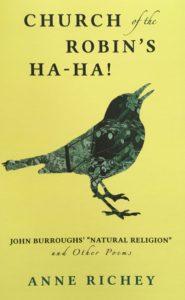 “Talk of Heaven! Ye Disgrace Earth”. Thoreau
“Talk of Heaven! Ye Disgrace Earth”. Thoreau
Anne Richey, both student and teacher of the works of John Burroughs, the writer and naturalist (1837-1921) from Roxbury, New York, has published an homage to his works in the form of a collection of poetry and prose.
John Burroughs had what Anne Richey describes as an “essentially religious connection to nature. For the famed naturalist and writer, ‘heaven on earth’ was no mere cliche, but a reality”.
His parents were religious and this confounded him. Richey writes: “His parents’ Calvinist preoccupation with the heaven to come seemed to him tragically misguided and counter-productive”. In Burroughs’ time, 150 years ago, the Catskills were mostly deforested by loggers and tanners, so he had to watch his majestic boyhood home dwindle to rolling hills. The trees have now grown back, but for how long will this stalwart chunk of craggy green in the middle of New York state survive?
It’s a matter that hangs heavily in the air here in the Catskills, this mountainous region in Upstate New York, a lush, verdant environment protected only by virtue of being part of the New York City watershed. The Catskills State Park, about 700,000 acres and the surrounding area – its multitude of tributaries and it’s ecosystem – produces all of the city’s pristine drinking water. Gas pipelines snake through the state, on the flat lands either side of the Catskills, which have been protected from the ravages of the oil industry by their elevation and their status as water bearer: the ancient Aquarius in a modern Industrial Age.
Anne’s work is beautiful and unusual, like a private diary, a slim journal incorporating notes, remarks, “found poetry” and lines like the following to inspire the imagination:
“Where an ice-sheet once ground south,
the breath of summer rises
now, and the Hudson basks like a snake
in the sun”.
Find out where to find your copy here.
Anne will be reading her work and discussing it at two events, here in the Catskills: on June 23rd, 2018 at the Catskill Center Book Fair on Route 28 in Mount Tremper and on Saturday July 7th at 5pm at the Woodstock Library Forum.
Daily Catskills: 06/11/18
Daily Catskills: 06/10/18
Bee Dispatch: Week 1
After a week, the bees are still there, but they appear to have created a couple of swarming cells which is not a good sign. Not entirely sure we still have a queen present, but we have a good smattering of capped drone and brood cells. They drank all the sugar water we installed in the hive with them last week. Over the last week, the have started building out two new, empty frames we installed in the brood box with them with a waxy comb.
On Friday, we added another brood box refilled their sugar water container. I’m told that this may have made them too cold, but the swarm cells possibly contain a new, growing queen, so an extra brood box may stop them all from leaving for a bigger home. Time will tell.
Some outtakes: Continue reading
Daily Catskills: 06/09/18
Pakatakan Farmer’s Market
The Pakatakan Farmer’s Market is up and running and this year. East Branch Farms are offering a variety of locally grown mushrooms and Madalyn Warren’s delicious kimchee: good probiotics for the gut. This week’s kimchee is rhubarb with ramps, wild dandelion and buchu with ramps. There’s also Honeybee Herbs and Kelley will be on my radio show on Monday on WIOX. Find these and a vast range of local goods, including local publisher, Purple Mountain Press at the Pakatakan Market on 46676 Route 30 in Halcotsville, New York. Saturdays. Hours: 9am to 2pm.
Find out exactly what’s going on from the market’s newsletter.
Please support your local community.
“Food may not be the answer to world peace, but it’s a start”. Anthony Bourdain. Continue reading
Daily Catskills: 06/08/18
Catskills Sandwich: Bull & Garland’s Scotch Egg
Behold, the Bull & Garland Scotch Egg. As a native Brit, I have to say, the egg couldn’t be any more authentic than if we were in England, at a pub, enjoying the rain and warm beer. I don’t know how they get the egg to be runny, but it’s a joy to see the hearty, local, orange yolks running over the warm sausage meat. The grainy mustard isn’t even necessary because the dish is delicious all by itself.
Goldenrod Restaurant
Goldenrod, a seasonal pop-up restaurant focusing on locally sourced food, is opening on June 9th in in Delhi, New York
Goldenrod is the brainchild of Carver Farrell, a native of Bovina, NY, and the former owner of The Pines, a Gowanus, Brooklyn-based restaurant in which he sourced most of his ingredients in the Catskills. Goldenrod will continue in the tradition of The Pines, sourcing the main components of each dish exclusively in Delaware County, and offering local beers, a small wine list, and cocktails built around wild and foraged ingredients.
Upstate Dispatch went downstate and reviewed The Pines almost three years ago. Find that review here. Some of the dishes on that menu at the time were pork shoulder, beef burger sliders, crostini with cranberry ricotta, polenta with roasted Brussels sprouts, kale salad, pheasant soup and a plate of roasted, assorted spuds. They were on their way into winter at that time and Goldenrod’s menu will likely be more summer-themed. Nevertheless, everything at The Pines was delicious, so tasty that nobody bothered to photograph any of it and there were five of us. Sometimes, you just have to put the phone down and enjoy.
Farrell will be joined by a team of three seasoned chefs that have worked at some of the finest eateries in the world, including Gramercy Tavern, Daniel, Del Posto, Prune, Le Bernadine, and Union Square Café. The menu will change nightly based on the freshest ingredients available on any given day.
Goldenrod will open on June 9th. Dinner is available Thursdays through Sundays through Fall 2018 with a bar menu available as well.
Goldenrod
53 Main Street, Delhi, NY
Thursdays through Sunday 4:00pm to 10:30pm
Kitchen opens at 5:30
For reservations, contact 607.746.8875 or [email protected]
Daily Catskills: 06/05/18
Daily Catskills: 06/04/18
Bee All You Can Bee
Upstate Dispatch is now the proud owner of a nucleus (“nuc”) of bees developed for us by a Hudson Valley beekeeper and after picking them up, and driving them home, through the Catskills for over an hour, they were pretty agitated. Not for them the excitement of driving over the top of Kaaterskill Peak, past Kaaterskill Falls in enigmatic fog. We installed them in their new home, gave them sugar solution and fresh water, but they remained pissed off for several hours, buzzing around the hive frantically and attempting to sting us. When bees are pissed off, they fly angrily, darting around like little black bullets, all in perfect unison.
When you pick up your bees, you should do so at twilight, after they have come back to their nuc or hive to rest. Drive them under cover of dusk and install them in the hive after dark. We did none of this because the timing was all wrong. The nuc was suddenly ready, without ample warning and we weren’t able to plan very well, but this is the essence of farming. You do the best you can and Mother Nature does whatever she wants. Continue reading
Daily Catskills: 06/03/18
Daily Catskills: 06/02/18
Lilac Syrup
Lilac blooms don’t last long, at high elevations at least. A reminder of the fleeting nature of the seasons, the blossoms begin to brown and drop off barely week after the all buds on each stem have opened. It makes sense to snip a few to put in a vase or soak a couple of cups in syrup. Lilac syrup makes a subtle floral soda and pairs well with gin.
Lilac Syrup
1 cup of water
1 cup of sugar
2 cups of lilac blossoms, flowers only, not stems
You can make more syrup, but the ratio must be the same: 1:1 of water and sugar. Slowly boil the sugar and water together until the sugar has dissolved and let it simmer gently for on low for a minute until it’s syrupy. The thicker you want your syrup to be, the longer you should simmer it. Wait until the mixture has cooled a little: you don’t want to burn the flowers, but you want the mixture to be hot enough. Rinse the flowers in cold water and add them to the syrup. Stir the flowers gently into the liquid until they are soaked in syrup. Cover and steep overnight.
In the morning, strain the syrup a couple of times and bottle. Unless you preserve the syrup by canning or other means, it will last for a few months in the fridge.
Mix on ounce of syrup with six ounces of club soda and pour over ice.
